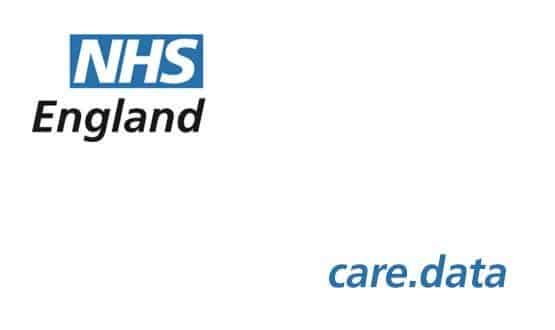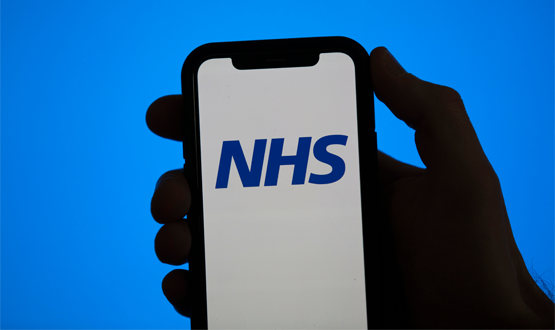Another view
- 1 October 2013

During my time as a professional executive committee member for our old primary care trust, I got to see lots of documents.
A lot were boring, but perhaps the most interesting – and certainly the most secret – was the primary care funding spread sheet.
This had the total general medical services / personal medical services funding each practice received, with their PMS growth monies separated out. So – perhaps most interestingly of all – it showed the income per patient each practice received.
My PCT was formed out of three primary care groups, so it was noteworthy that the three areas, on the whole, received different amounts of income.
The most affluent PCG received the most income and the most deprived PCG received the least; although this was complicated by the fact that almost all the practices in the affluent areas had gone PMS and almost all the ones in the deprived area were still GMS.
Initially, I felt mildly relieved that my practice was pretty much in the middle; close to the national recommended income per patient.
Then, I felt slightly jealous as the best funded practice got at least £15 a head more than my practice; which would equate to £330,000. Was it fair they get so much more? I asked.
However, this funding difference was never really addressed or explained. There was certainly no evidence that those practices that were paid more gave a better service in terms of access, quality, or sticking to referral or prescribing budgets; or, indeed, that they had more work to do.
Here comes care.data
I had almost forgotten this document until this last week when, in our practice meeting, we were informed of the ‘care.data’ extraction that is about to happen.
Care.data, for anyone who doesn’t know, is the new service that NHS England is setting up, that will expand the Hospital Episode Statistics, combine them with data sets from primary care, and then make the data available to many services and researchers.
We were told that we were to assume that people consented to their data being extracted and used in this way unless they opted out.
When we asked how much had people been told about the service, the answer was we had been given a couple of posters to go up in the waiting room.
A brief debate was held as to what idiot had thought of this and why had no one put a stop to it and why more fuss wasn’t being made.
One of my partners briefly worried about the anonymity of patients if the point was to match our patients’ records to other records from other sources on the same people.
My understanding is that this can be done if both datasets are enciphered in the same way, so they can be linked once encoded, but not traced back to the originator.
Then, there were concerns expressed that you might be able to work out who people were if they had rare diseases, using postcodes and demographic data.
Risks all around
One of my other partners had a different view. He felt patients would largely not bother and that the powers-that-be were playing a clever game.
He felt most patients wouldn’t understand the new service and that they would think most of this information is floating about the NHS anyway. He felt the big risk was to us, the surgery, and to us, as clinicians.
The care.data programme will apparently take a monthly dataset from practices covering patient demographics, events, referrals and prescriptions. It appears this will include all Read coded information, but not free text.
If so, this puts a huge amount of power into the hands of the collectors of the data, who will be able to see what is going on in primary care, not only at a practice by practice level but at a GP by GP level, too.
Want to know how many patients are seen by every GP each day? – Easy! You could even be clever and look at what conditions different doctors are seeing.
We could have league tables published by the end of the year. What’s to stop ‘them’ linking this to what income a practice receives?
League tables without context
At the moment, when referrals are analysed from Secondary Uses Service data, everyone is kind of protected by the fact that the coding is rubbish and nobody really knows who did what.
But now exact numbers of referrals per GP might be possible – what happens if you are an outlier? Might it be possible to match prescribing data with PACT data and see who prescribes what?
This might sound like a good idea. However, it might also be very disruptive if used badly.
Might it be possible to score a GP? Lets say +1 for every patient seen (perhaps +2 for each patient with a chronic disease) then -1 for each referral, -1 for each prescription, -2 for an admission. I can see the arguments for this but is it valid? Does it represent what walks through the door?
Could the powers that be come up equally bizarre inferences on quality? Is a GP doing a good job if they don’t refer? Or a good job if they refer things that end up with procedures?
Could you detect this in the data? So number of referrals that end up with no further action might be countable but does that mean they are bad?
History is not encouraging
We already have examples of how difficult collecting, analysing and publishing data can be. I’m in favour of publishing surgeons’ operating statistics – but look at the controversy that causes! I first went to a presentation on the idea about 15 years ago, and it’s only just happened.
This data does need looking at. It seems sensible to know what you are getting for public money. But there are real risks in misrepresenting what goes on, and creating false judgements about the performance of practices and individuals.
And that’s especially the case now that we appear to have moved to such an autocratic, top down approach with no local knowledge.
I’ve never felt that many of the people in charge understand statistics or information; I’ve little hope they will use this data in a positive or sensitive way.


Dr Neil Paul
Dr Neil Paul is a full time partner at Sandbach GPs; a large (22,000 patient) practice in semi-rural Cheshire. He is also one of the directors of FYS Healthcare. Dr Paul has been involved in primary care IT and health service management for more than years in various roles, including PEC member and urgent care lead. In his spare time, he writes medical iPhone software and is a keen photographer.




